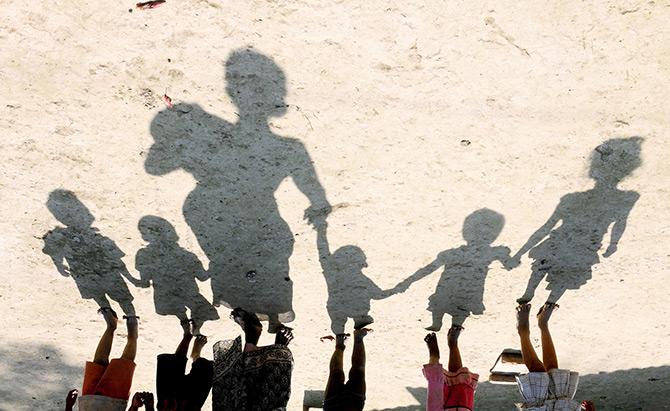
The United Nations Millennium Development Goals (MDGs) were launched at the beginning of the new millennium and aimed to cut global poverty in half by 2015. However, with poverty still prevalent globally, a more ambitious agenda is needed to get to zero poverty. Indeed, the plan to bring to life that vision has been conceptualized at the UN through the Post-2015 Development Agenda that will replace the MDGs with the Sustainable Development Goals (SDGs).
This essay examines the lessons of the MDGs and how they influenced the conception of the Post-2015 Development Agenda. It strives to shed light on the importance of multilateralism in the face of complex development challenges and diverse interests. It will conclude with some thoughts on the way forward for the Post-2015 Development Agenda.
The MDGs: lessons learned
The Millennium Development Goals campaign brought impressive global improvements within developing countries, thanks to solid national commitments to achieve the MDGs during the target year. It was most encouraging that the world had already met the overarching goal of cutting extreme poverty and hunger by half. Despite its success, however, the MDGs were not entirely the golden egg. One can be easily impressed by the results of the development goals and forget that the framework is not solely responsible for all of the advancements of the past 15 years. As the MDGs were being implemented, other forces were at play. They included the growth of economies as well as the development of groundbreaking health and communications technologies.
As noble as the MDGs were, they weren’t conceived with wide participation among developing countries. They were intended for developing countries, yet provided no room for collaboration with them at the earliest stage. Instead, a limited set of UN experts and donors developed the eight goals, 18 targets and 48 indicators through a top-down approach with no consultation among developing nations. This approach failed to consider the intricacies of poverty and ended up with an oversimplified picture. For developing countries, being left out of the loop put them at a major disadvantage, as they had no head start in making policy and institutional assessments to accommodate the MDGs in their development plans. What is more, the MDGs were criticized for being unbalanced. The agenda focused too much on social indicators rather than on the broader economic transformation required for development progress.







%20resized.png)
